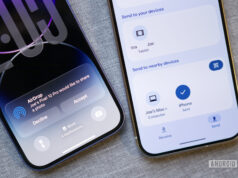Samsung‘s Galaxy S series made its debut on June 4, 2010, and since then it’s become the phone line most people think of when Android is mentioned.
Not all phones are created equal though, so with over a decade of Galaxy S devices on-tap we thought it would be a good idea to rank each generation in order from worst to best. We tried to balance the critical and commercial reception with the actual importance of each phone(s), the features and specs on offer, and our own gut feelings. We’ve also decided to only stick to the mainline releases, so that means no entries like the Galaxy FE series and Galaxy S4 Zoom.
Related: Best Samsung Galaxy deals
It goes without saying that this is all for a bit of fun, your opinions may vary! It’s also worth remembering that many of these phones are among the best the smartphone world has ever seen — being the worst of the very best is still pretty great.
For a more detailed look at the history of Galaxy S phones, be sure to read our retrospective here.
15. Samsung Galaxy S6
2015’s Galaxy S6 was a notable release for a couple of reasons. It marked the range’s first foray into the glass design territory popularized by the iPhone. It also saw Samsung match Apple in terms of pricing strategy, having generally been cheaper than the iPhone until this point. But the Galaxy S6 takes the wooden spoon in our rankings because it cut or compromised so many features seen on the Galaxy S5 in order to achieve this design. That meant no IP rating, no removable battery, no microSD support, and a much smaller battery.
The good
- Premium design
- Exynos 7420 chipset was a beast
- Great camera
- Fingerprint reader that wasn’t terrible
- Native wireless charging (no special case required)
The bad
- Tiny battery
- No IP rating
- No microSD expansion or removable battery
14. Samsung Galaxy S
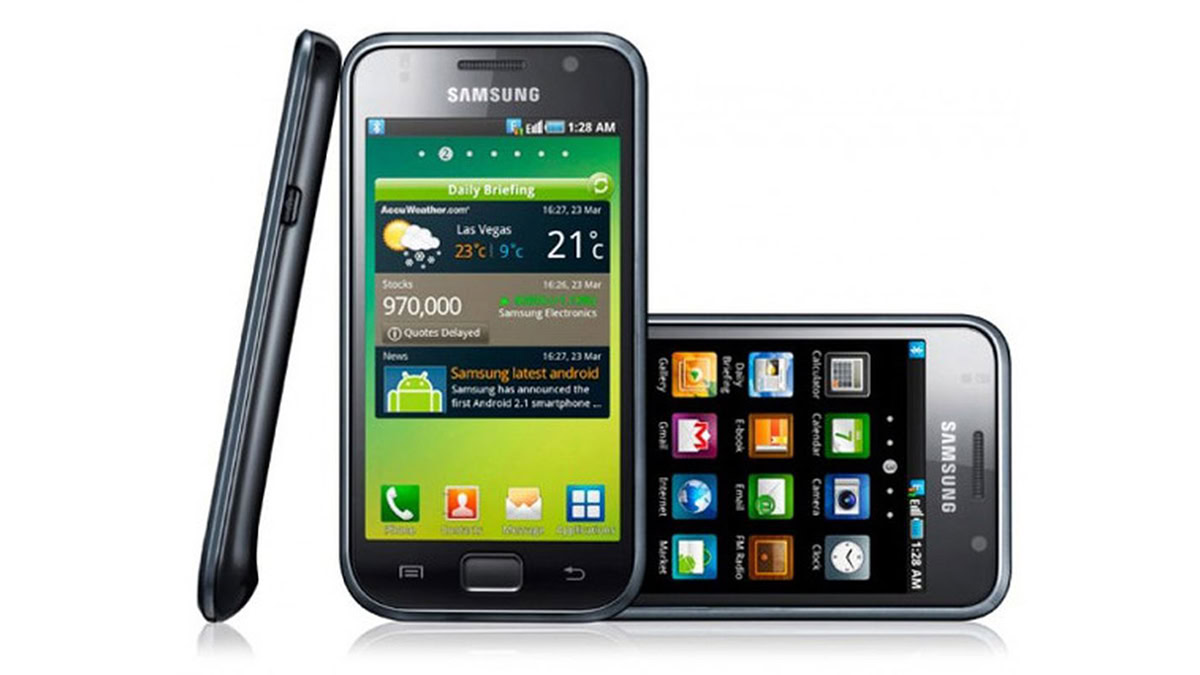
The phone that started it all, the Samsung Galaxy S (or Galaxy S1) seems laughable now when you check out the specs. A 1Ghz single-core chipset, 512MB of RAM, a 4-inch 480 x 800 screen. But this was pretty much as good as it got in the early days of Android, and it really was early. The biggest downsides were the uninspired design, gaudy software, and lack of a camera flash.
The good
- Great browser back when Chrome wasn’t on mobile
- As good as it got in terms of core specs
The bad
- No camera flash
- Battery life wasn’t fantastic
- Dull design
13. Samsung Galaxy S2
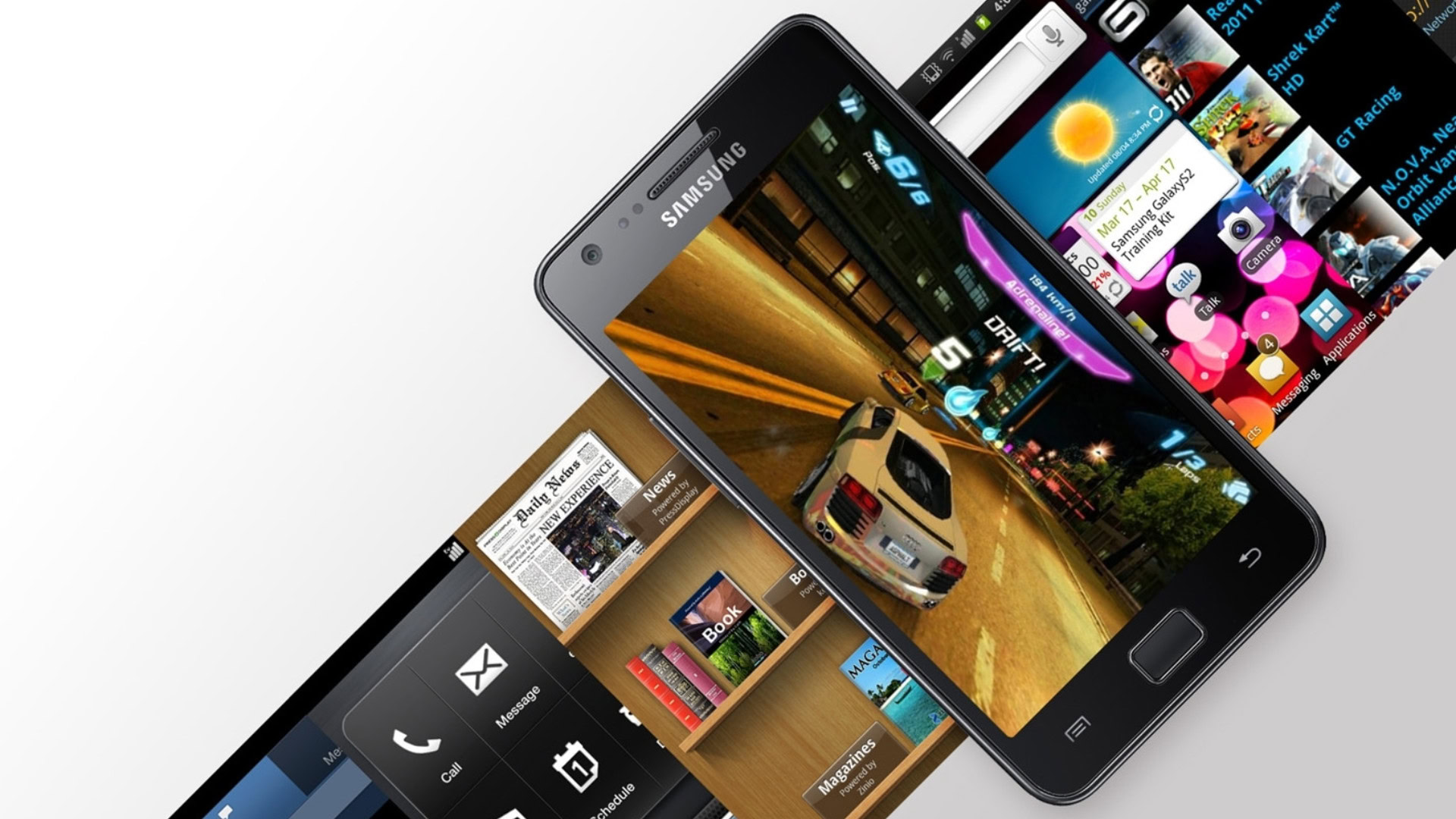
Between the early nature of Android at the time and a general lack of polish, the Samsung Galaxy S1 fell just shy of greatness. Samsung’s second attempt in 2011, on the other hand, delivered one of the best Android phones to date. The Galaxy S2 offered a sturdy design, a removable battery, an OLED screen, and brisk internals. An accomplished, important step in Samsung’s ascent to the top of the Android world, the only reason it isn’t higher on this list is that Samsung US and its network partners created so many variants (Samsung Galaxy S2 Epic 4G Touch, anyone?) that finding a true Galaxy S2 (the GT-I9100) was an almost Sisyphean task.
The good
- Rear camera could compete with iPhone lineup
- 2MP selfie camera when VGA or 1.3MP was the norm
- Wide variety of video formats
- OLED screen was pretty nifty
The bad
- Mediocre battery life
- A ton of variants that created marketplace confusion
12. Samsung Galaxy S4
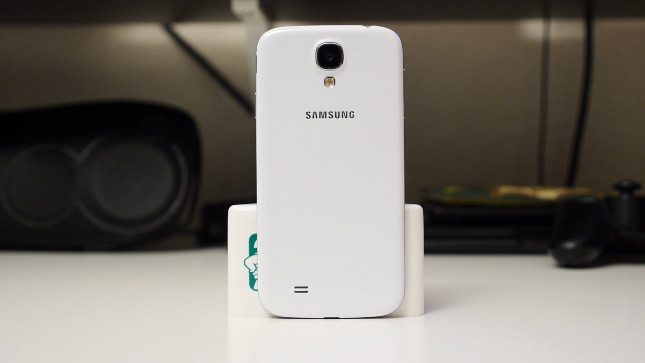
The Galaxy S4 wasn’t just Samsung’s most popular Galaxy S series phone, it’s also the best-selling Android phone of all time. But it also felt like the moment when Samsung jumped the shark. The main culprit here was the TouchWiz skin, as Samsung ushered in a ton of bloatware and took an “everything and the kitchen sink as well” approach to its own software additions. Do you really need page scrolling via a head tilt? Or the ability to create a 5.1 surround sound system with six phones? That’s not to say that it didn’t have any interesting software additions, like “bothies” (yes, way before HMD’s Nokia phones) and Drama Shot, but be honest, did you ever use these novel features more than once? This definitely wasn’t one of the best Android skins at the time.
The good
- Removable battery with microSD card slot
- Good daytime picture quality
- Great display
The bad
- Bloated Android skin with many gimmicky features
- Basically Galaxy S3.1 in terms of design
- Low-light image quality paled in comparison to HTC One
11. Samsung Galaxy S20
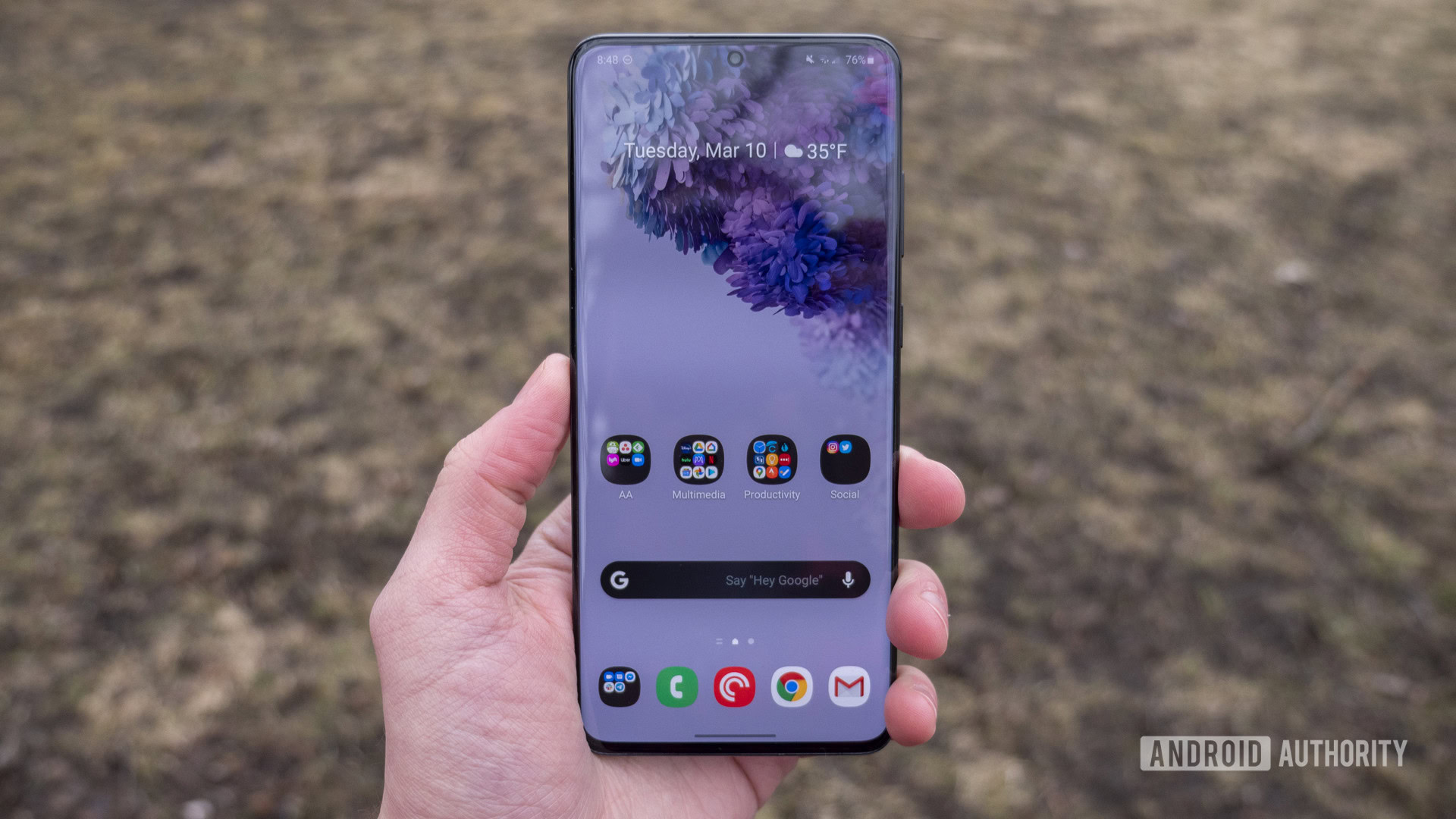
It seems like for every couple of positives about the Galaxy S20 series, there’s a negative. You’re getting a ton of features in general, impressive hybrid zoom (and periscope zoom on the Ultra), a gorgeous 120Hz OLED screen, 5G, good battery life, and 8K recording. But you’re also getting a hefty price tag (from $1,000 to $1,400), gimmicky 100x Space Zoom, no proper telephoto camera on the S20 or S20 Plus, and a take on One UI that’s starting to suffer from feature creep like Samsung skins of old. This is also the first Samsung Galaxy S series that completely ditched the headphone jack. Boo. Nevertheless, these were still some of the best Android phones at the time, and are worthy entries in Samsung’s ongoing smartphone dynasty.
The good
- Class-leading screens
- 8K recording with the ability to extract 33MP frames
- 120Hz refresh rate
- Versatile cameras
- Good battery life
The bad
- Disappointingly expensive pricing
- Big performance gap between Snapdragon and Exynos variants
- Zoom capabilities were overstated
- No 3.5mm port
- No Galaxy S20e
10. Samsung Galaxy S21
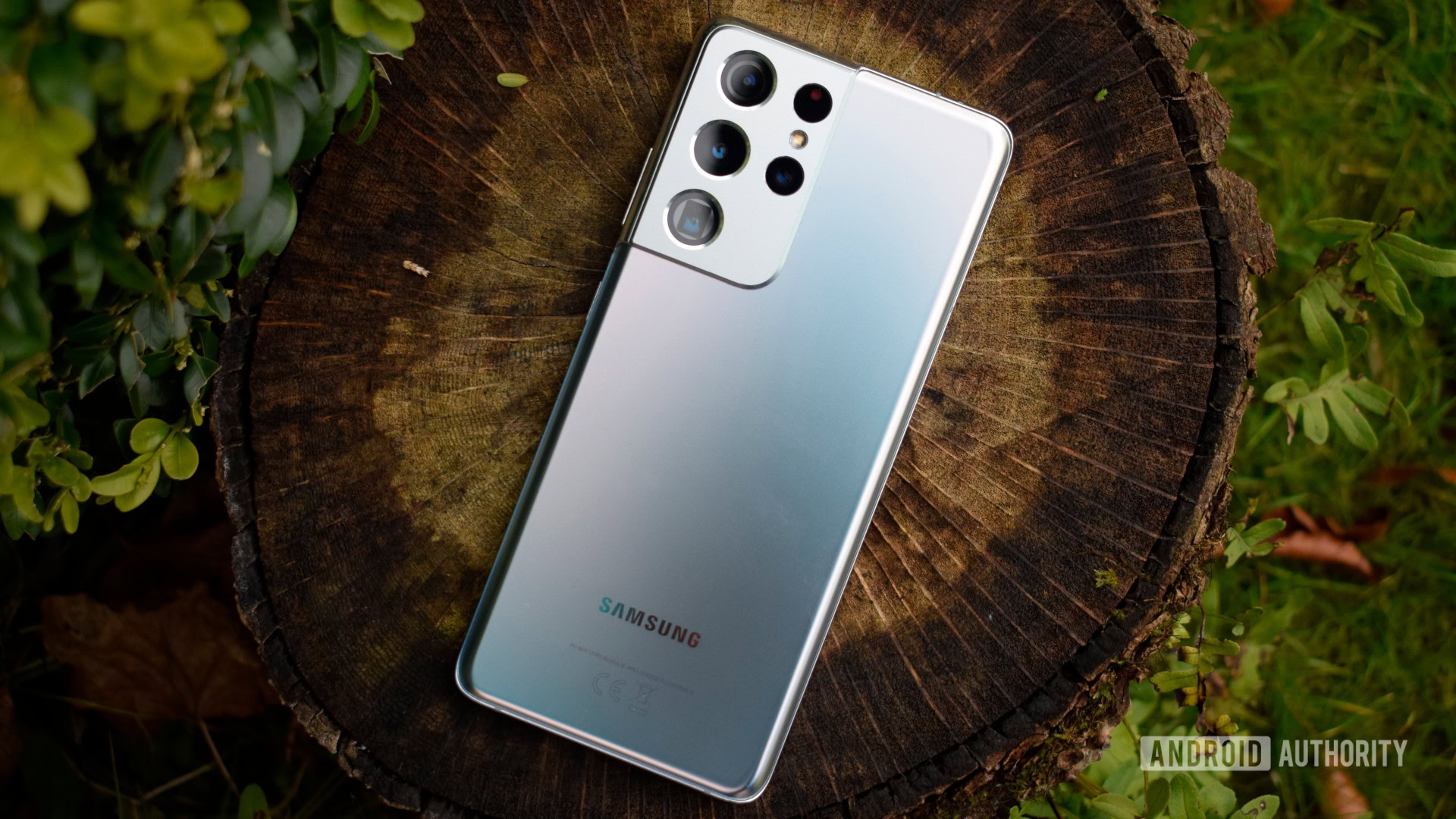
Robert Triggs / Android Authority
Samsung’s 2021 flagships go a long way toward fixing where the S20 series went wrong, but there are a few major missteps too. The Galaxy S21 series was $200 cheaper across the board, starting at $800 for the base S21 all the way to $1,200 for the S21 Ultra. The Ultra model was the star of the show here though, featuring two zoom-focused cameras (3x and 10x), S Pen support, and a main camera that doesn’t suffer from major autofocus issues like the S20 Ultra. The series does have a few downsides, as the S21 has a plastic back while the S21 and S21 Plus both lack QHD+ screens. All three phones also ditch the in-box charger, microSD expansion, and don’t support ultra-fast charging. Still, the price drop combined with an upgraded Ultra model seemed to deliver huge initial sales growth in the US.
The good
- Good screens with high refresh rate
- Great picture/video quality
- Cheaper than S20 series
- Two zoom cameras on Ultra model
- S Pen support for S21 Ultra
- Exynos chipset narrowed gap to Snapdragon SoC
The bad
- No microSD card slot
- S21 and S21 Plus ditch QHD+ screens
- No in-box charger
- Plastic back for Galaxy S21
- S21 and S21 Plus don’t see camera/charging/battery changes over last year
9. Samsung Galaxy S22
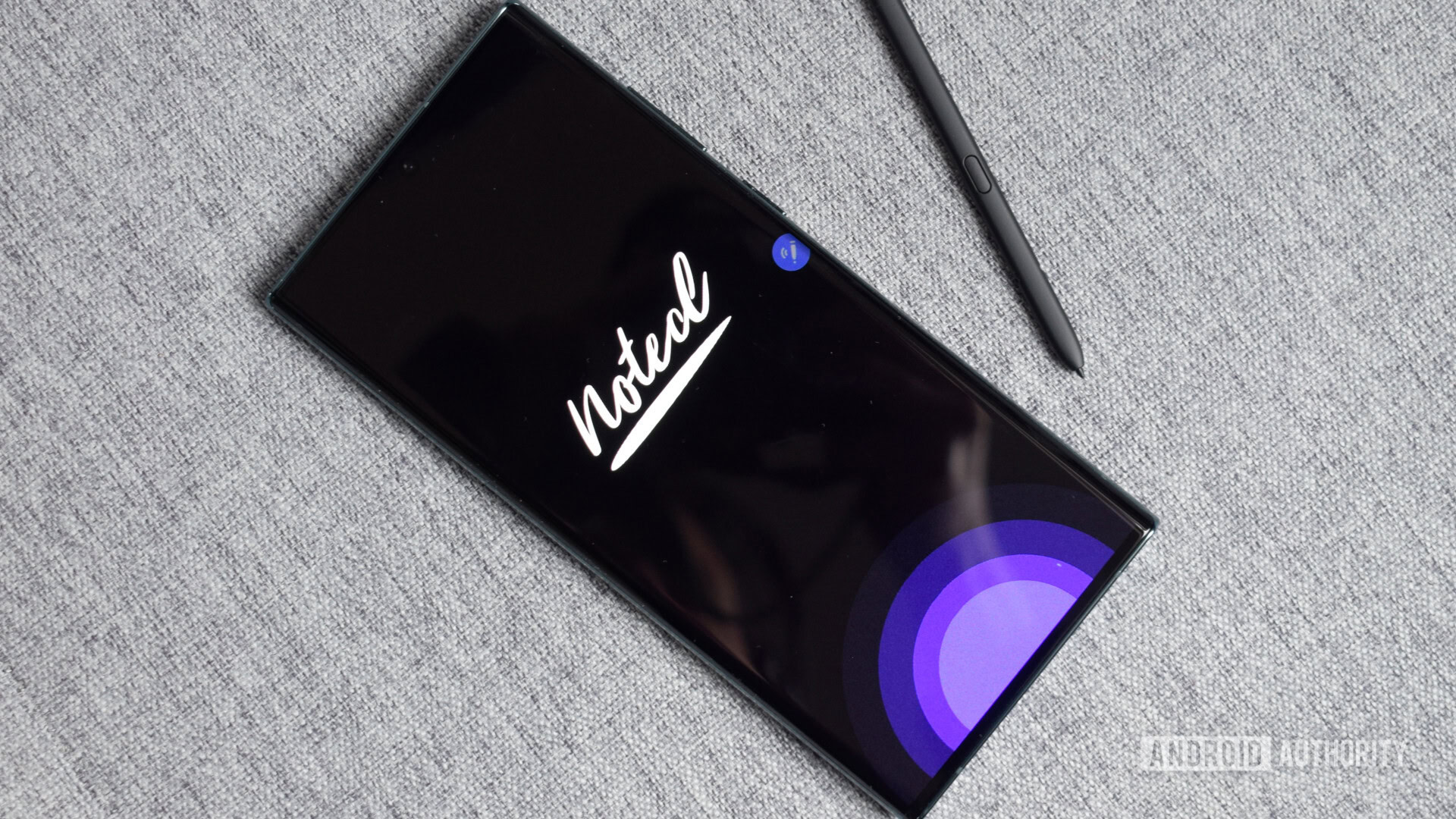
Zarif Ali / Android Authority
Samsung brought the S Pen to the S21 Ultra the previous year, but the S22 Ultra was a landmark release as it introduced an integrated S Pen slot too (in line with Note phones). The S22 Ultra also maintained S21 Ultra features like that 5,000mAh battery, 3x and 10x cameras (with improved quality), and a QHD+ screen. There was more to the S22 series than the Ultra model, though, as Samsung also focused on improving the Galaxy S22 and S22 Plus while still maintaining the $800 and $1,000 price tags, respectively. The base and middle models gained a new 50MP main camera along with a legitimate telephoto camera for improved zoom. However, the S22 and S22 Plus lost out in terms of battery capacity, with the base model being especially hard-hit.
The good
- S Pen slot makes S22 Ultra a true Note phone
- True telephoto camera on base and middle models
- Great photo and video quality with improved low-light shots
- Snapdragon model is available in more regions
- Same price as the previous year’s phones
- All phones get glass backs with Gorilla Glass Victus Plus
The bad
- Sustained performance is disappointing on these phones
- The base and middle models get a battery downgrade
- No in-box charger once again
8. Samsung Galaxy S23
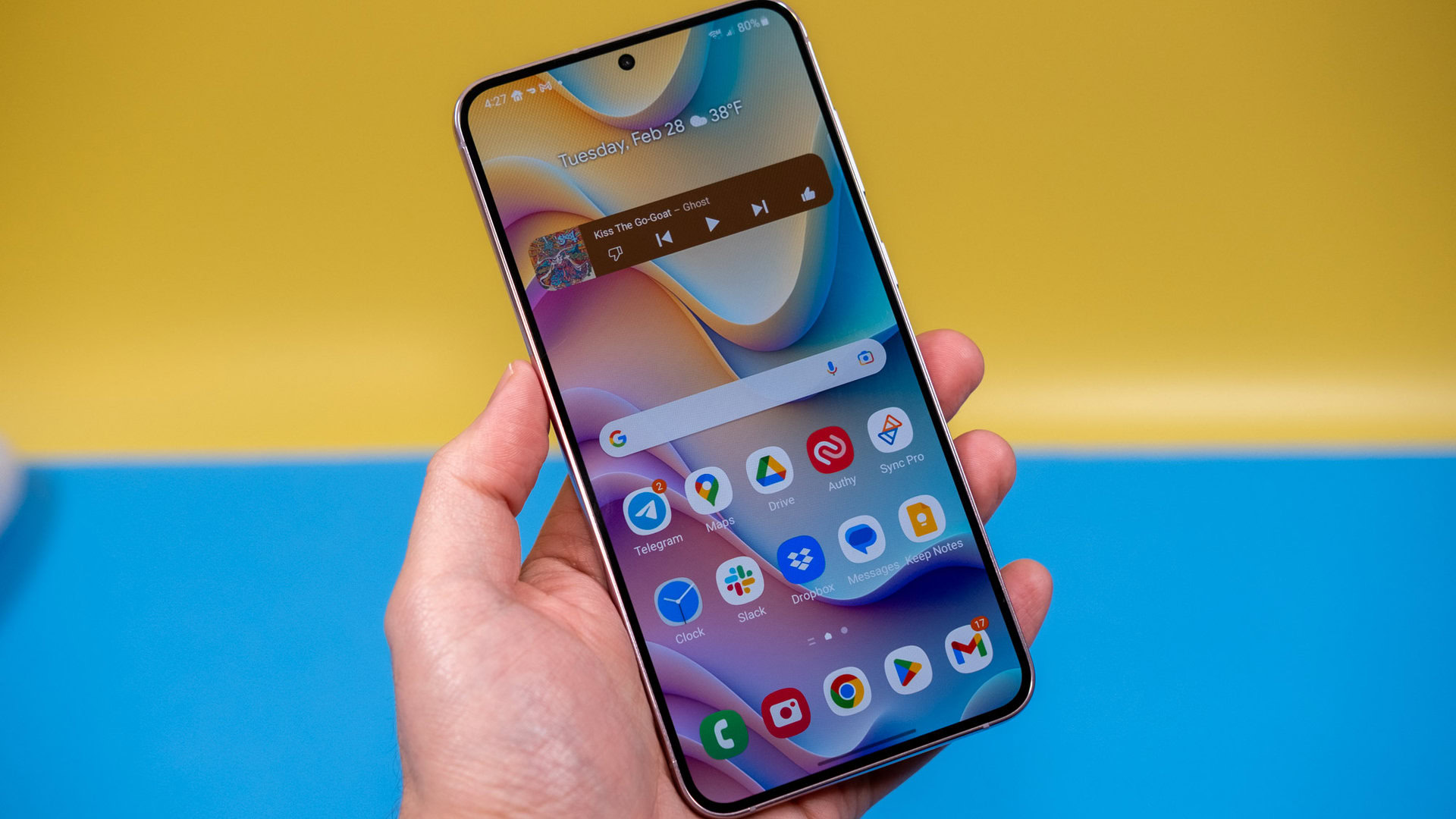
Ryan Whitwam / Android Authority
Samsung brought a few notable improvements to 2023’s Galaxy S flagships, starting with Snapdragon power across all regions. This is a pretty big deal as the Exynos variant of Galaxy flagships has usually always been the inferior model. This isn’t the only improvement, as the Galaxy S23 and S23 Plus received much-needed battery capacity boosts. Meanwhile, the S23 Ultra brought a crazy 200MP main camera to the table, delivering better image quality in theory than the S22 Ultra’s 108MP sensor. Things stayed the same in almost every other area, though, making this an incremental release in many ways. It’s also worth noting that much like the iPhone 14 series, the Galaxy S23 range received price hikes in all regions bar the US.
The good
- Snapdragon power across all regions for the first time
- Battery capacity increases for standard and Plus models
- 200MP camera for the Ultra model is a noticeable upgrade
- Fast fingerprint scanner
- S23 Ultra still has an S Pen slot
The bad
- Customers outside the US got price hikes
- Limited amount of RAM for the price
- No charger in the box
- Standard model has slower charging speeds
7. Samsung Galaxy S24
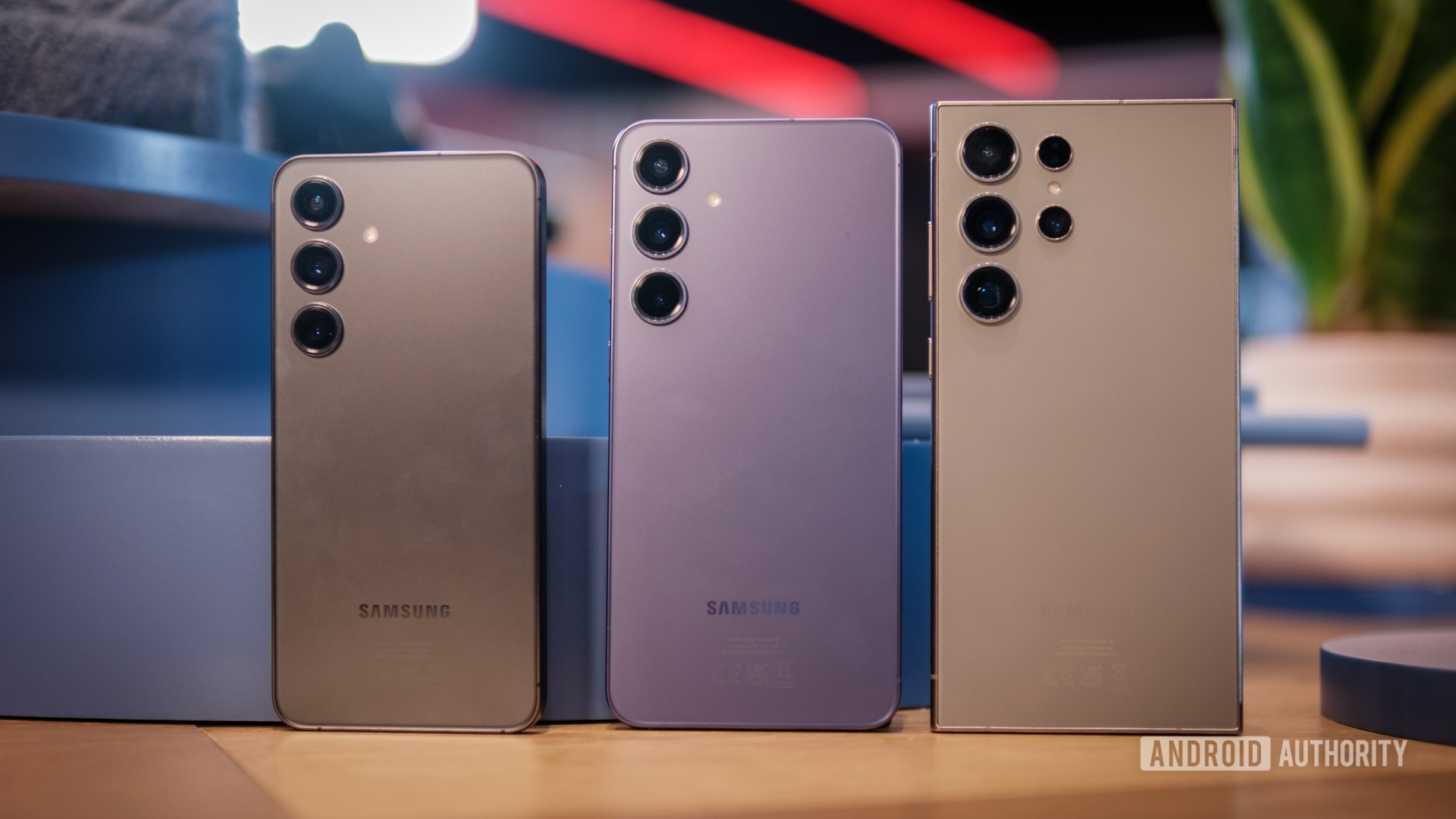
Robert Triggs / Android Authority
We’d argue that the Galaxy S24 Plus is the main reason why the Galaxy S24 series is ranked higher than the Galaxy S23 range. Samsung’s middle phone is closer to the Ultra line than ever before thanks to a raft of upgrades (256GB of base storage, UWB, a QHD+ screen, and a bigger battery). Meanwhile, the base S24 feels like a modest upgrade at best over 2023’s model. The Korean brand also made the contentious decision to drop the Ultra line’s 10MP 10x camera in favor of a 50MP 5x shooter. All three phones pack impressive AI features, although these are coming to recent high-end Galaxy devices too. Then there’s the impressive update policy, offering seven years of OS and security updates. Finally, it’s worth noting that some S24 and S24 Plus models have an Exynos 2400 chipset, but this is still a good flagship processor.
The good
- Galaxy S24 Plus is close to Ultra-level
- Galaxy AI features are actually cool and useful
- 5x camera on Ultra is mostly better than 10x camera
- Seven years of OS and security updates
- All three phones get much brighter screens
The bad
- Base S24 is a minor upgrade over S23
- S24 and S24 Plus have the same cameras as previous year’s phones
- Exynos 2400 processor could be better
- No bundled charger, again
6. Samsung Galaxy S9
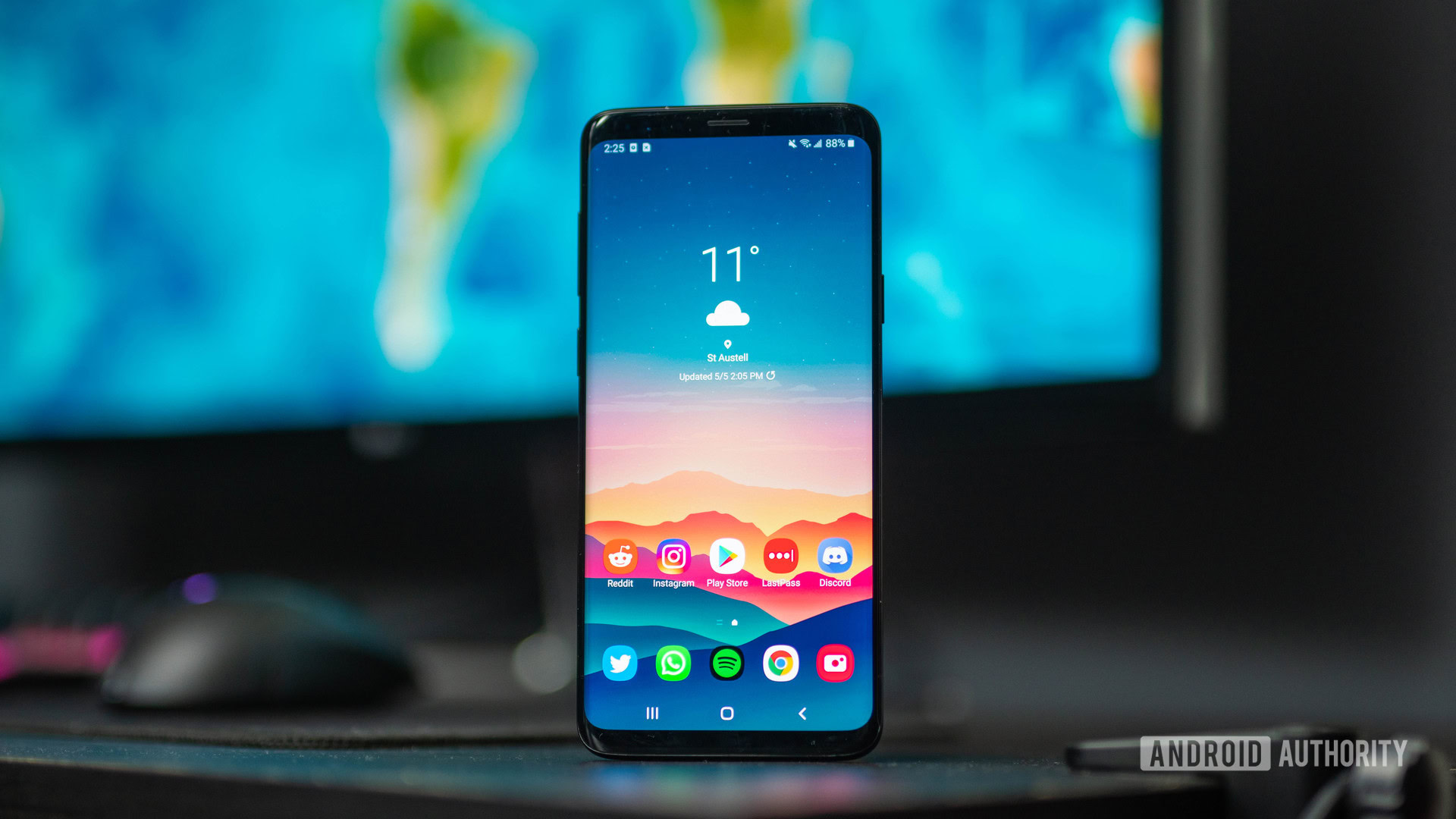
The Galaxy S9 was essentially the Galaxy S8.1, which, in turn, shared some DNA with the Galaxy S7. It featured a similar glass design to the Galaxy S8, with lots of internal specs staying the same too. The Galaxy S series got a dual-camera setup for the first time, but this was restricted to the Galaxy S9 Plus. Other upgrades include native 960fps slow-motion recording, dual-aperture main cameras, and AR Emoji. The phones generally took a relatively safe approach at a time when rival HUAWEI dropped the innovative P20 Pro, and we saw plenty of more affordable flagships too. If we were just taking into account the Plus model, it’d rank above its direct predecessor, but as it is, the Galaxy S9 sits in a respectable place in the sixth spot.
The good
- Super slow-mo could be cool
- Fingerprint scanner was in a more convenient location
- Holy trifecta of a 3.5mm port, IP68, and wireless charging
The bad
- Standard Galaxy S9 was gimped (no secondary rear camera, less RAM)
- Design was an evolution of S8, which wasn’t a huge change over S7
- Battery size didn’t see an increase over S8 series either
- Dual aperture feature was interesting, but not necessary for its camera
5. Samsung Galaxy S8
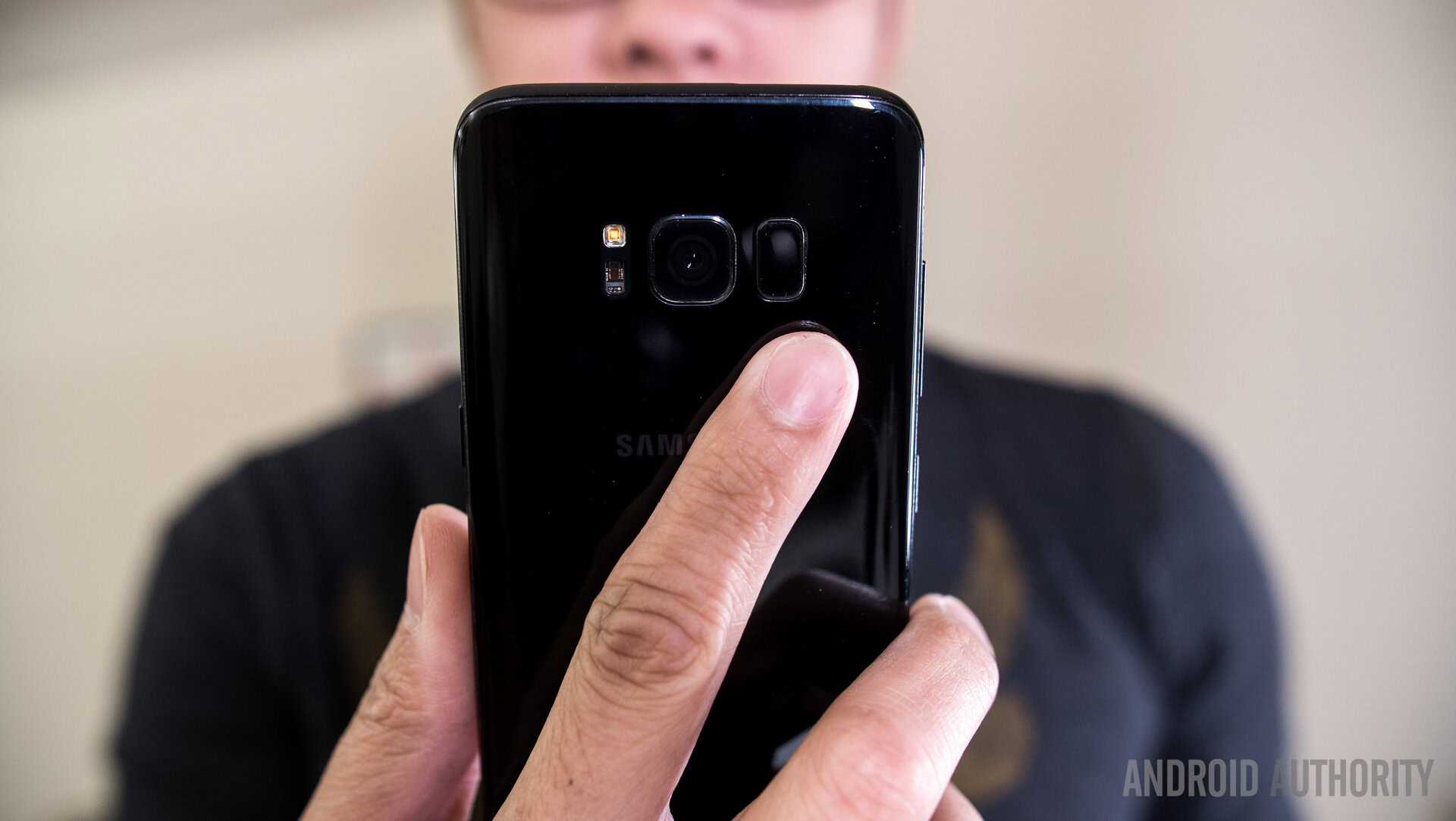
2017 saw the vast majority of phones adopting an 18:9 screen ratio or higher. The Galaxy S8 family was no exception. It delivered plenty more gorgeous OLED screen while still feeling easy to hold. Samsung’s early 2017 flagships also saw the debut of a variety of features, such as DeX, the Bixby voice assistant, the much-maligned Bixby button, and an iris scanner that wasn’t as terrible as many thought it was going to be. The same can’t be said of the rear fingerprint scanner, however. How did anyone think that sticking it next to the camera was a good idea? Nevertheless, after a rough few months following the exploding Note 7 debacle, the Galaxy S8 series was a timely reminder that Samsung was still the top dog.
The good
- Improved photo quality due to multi-frame image processing
- Fantastic design
- DeX genuinely brought a PC-like experience to the table
- 3D Touch home button was a great replacement for a physical button
The bad
- No dual cameras when rivals had it for a year
- Bixby button couldn’t be remapped at first
- Fingerprint scanner location was awful
- Average battery life
4. Samsung Galaxy S3

The Galaxy S/Galaxy S1 may have started the series and the Galaxy S2 may have shown us that Samsung’s camera team could compete with Apple, but the Galaxy S3 was the high point for the firm’s first few flagships. The Galaxy S3 delivered an interesting plastic design, a retooled, nature-themed TouchWiz UI with a few neat features (Smart Stay to keep the screen on, a popup video player), and speedy internals. Taken together, you had the range’s first real iPhone killer in terms of both sales and overall quality.
The good
- Powerful internals
- Removable battery and microSD support
- Great camera
- Some useful software additions
The bad
- TouchWiz UX not as smooth as many other Android skins
- Plastic design didn’t feel as premium as metal or glass
3. Samsung Galaxy S10
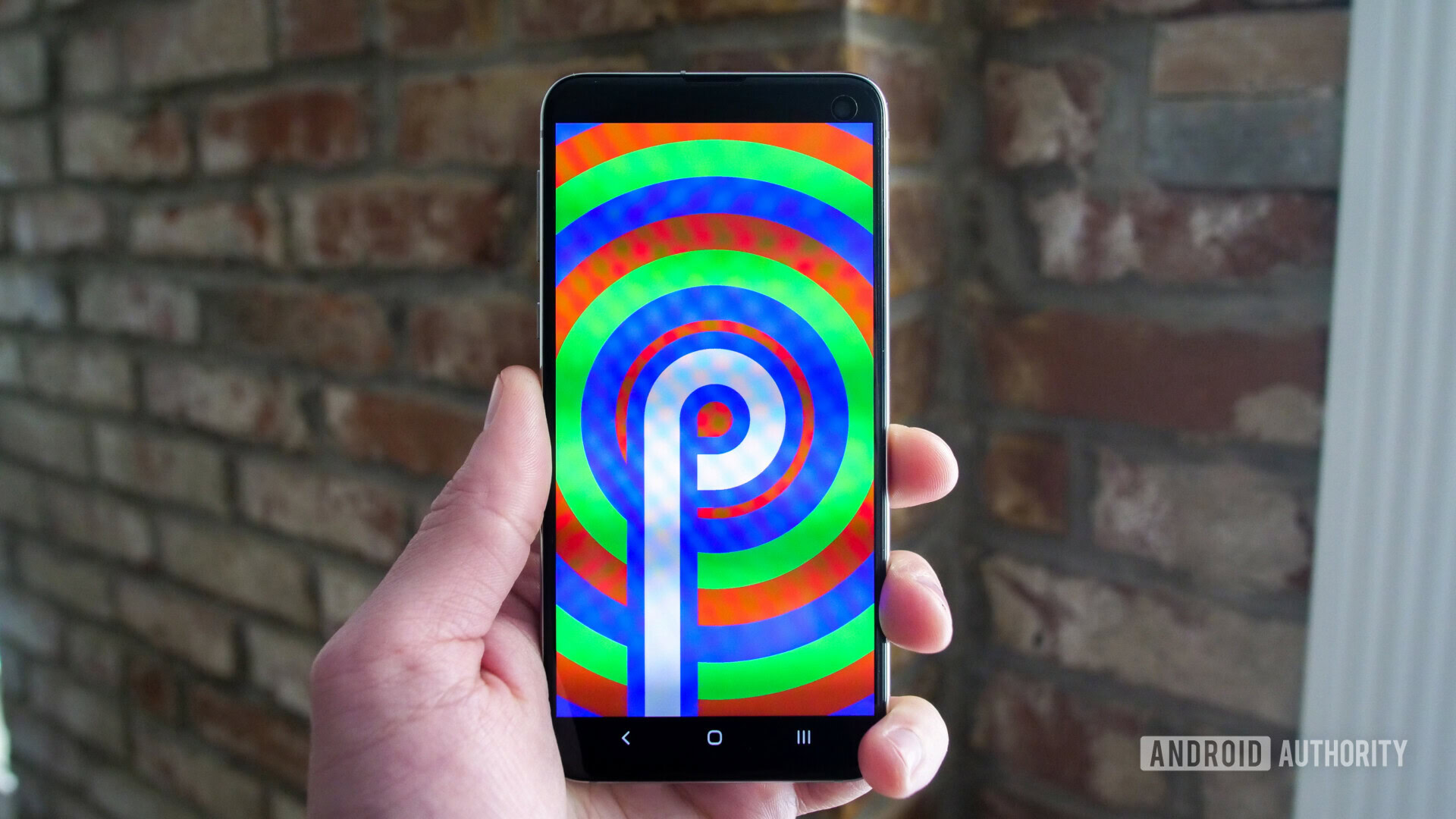
2019’s Galaxy S10 family had something for everyone, from the more affordable Galaxy S10e to the Galaxy S10 Plus with all the bells and whistles, and even a souped-up 5G model. This something-for-everyone approach resulted in some of the best Galaxy flagships ever. It also marked the first year of Samsung offering multiple cameras on all devices, a long-overdue move when the likes of LG, HUAWEI, and Xiaomi had dual cameras or more for a couple of years already. Toss in slick punch-hole designs, the debut of the One UI skin, and gorgeous OLED screens, and there was a lot to like here.
The good
- Flexible camera setups on all models
- Class-leading OLED screens
- The Galaxy S10e with its great specs and price
- Last Galaxy flagships with headphone jacks
- IP68 rating and wireless charging
The bad
- Cameras were good but not great (especially at night)
- 15W charging is slow compared to most rivals
- In-display fingerprint sensor was hit-and-miss
2. Samsung Galaxy S5
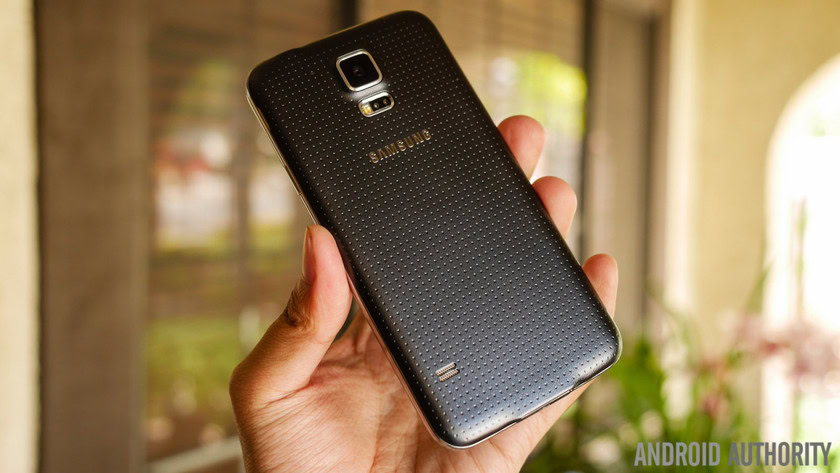
Was 2014 the best ever year for smartphones? If it is, then some credit has to go to the Galaxy S5, which saw Samsung bringing its A-game. The Galaxy S5 was the first mainline Galaxy flagship with water resistance, but it didn’t come at the expense of a removable battery or microSD support. This was also one of the first Samsung phones with 4K recording (following the Galaxy Note 3). Furthermore, the phone’s real-time HDR preview/capture capability was a great addition at a time when HDR photography on most phones was still a slow, blurry mess. The only big disappointment was the swipe-based fingerprint scanner, which paled in comparison to the iPhone 5S’s touch-based scanner. A beloved phone that just misses out on the top spot by a hair.
The good
- Water resistance
- Removable battery and microSD support
- Great image quality with real-time HDR capture and previews
The bad
- Swipe-based fingerprint scanner wasn’t as intuitive as touch-based scanners
- Micro-USB port requires a plastic flap to seal against water damage
1. Samsung Galaxy S7
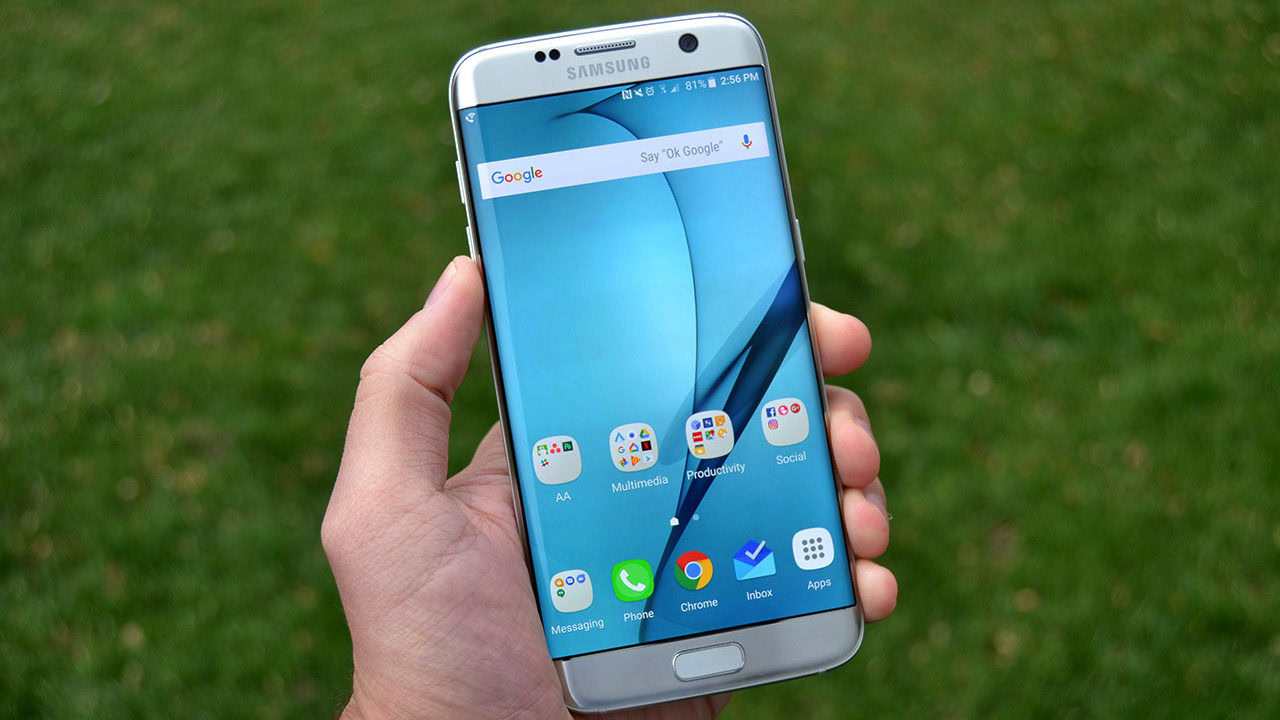
The best Galaxy S series of all time addressed all of the Galaxy S6 series’ glaring issues, and boy did it fix a lot. Bigger batteries? Check. Water resistance? Yep. MicroSD expansion? Indeed. Otherwise, the Galaxy S7 series also delivered a similarly capable 12MP main camera, 240fps slow-mo (matching the iPhone), and speedy internals. A top seller and a textbook case of meaningful evolution and not just iteration for iteration’s sake, the Galaxy S7 also served as the antithesis of the iPhone range at the time. All hail the Galaxy S7.
The good
- Water-resistant design
- Wireless charging
- MicroSD expansion
- Great photo/video quality
The bad
- Glass design easily attracts fingerprints
- Micro-USB when major rivals switched to USB-C
That’s it for our Samsung Galaxy S series rankings! Do you agree with the order? Let us know down below.


